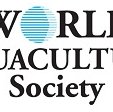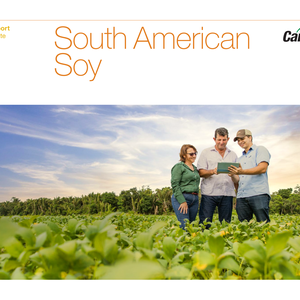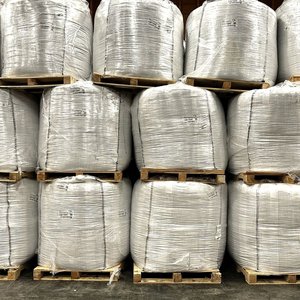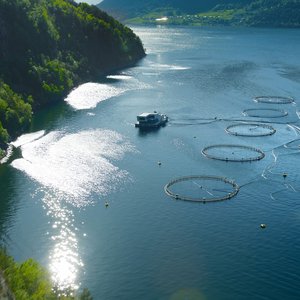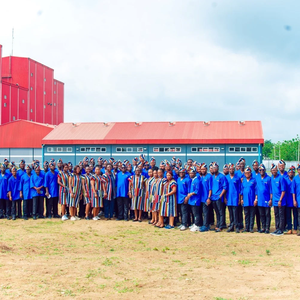For marketing year 2019/20, feed demand is forecasted to increase by two million tons of crude proteins, compared to 2018/19, and reach 84 million tons. Thanks to higher availability of roughage, EU self-sufficiency has improved and reached 78% for 2019/20. Still, lower availabilities of EU rapeseed (meals) put pressure on the EU self-sufficiency. These are among the key findings of the EU feed protein balance sheet for 2019/20, published by the European Commission.
Roughage, such as grass and silage maize, remains the main source of feed protein, representing 45% of total EU feed use, an increase of 2% compared to 2018/19. The share of all oilseed meals has decreased by 1%, representing 25% of total feed use in the EU. Finally, cereals continue to be available in ample supply, at 20% of total feed use.
In terms of self-sufficiency, the EU is fully self-sufficient in roughage. However, for oilseed meals, the EU only produces 24% of what it needs to feed its livestock sector. The COVID-19 crisis caused a severe drop in biofuel demand and reduced the availability of rapeseed meal (-7%), partly compensated by higher imports of soybeans. In the cereals category, more barley was used for feed (+6%). Barley was widely used due to weak demand in the malting sector due to beer consumption dropping during the COVID-19 crisis.
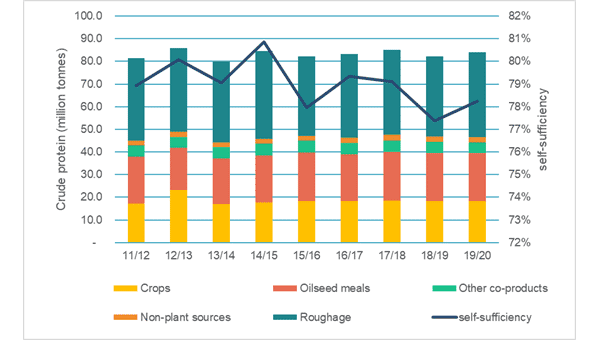
Source: European Commission.
The EU feed protein balance sheet presents the feed supply and demand of various protein sources. This includes crops (cereals, oilseeds and pulses), co-products (meals from crushing soya, rapeseed and sunflower as well as protein-rich materials that result from processed arable crops), non-plant based sources (animal proteins, former foodstuffs) and roughage (grass, silage maize, fodder leguminous). For the first time, this balance sheet includes forecasts, being produced before the end of the marketing year.
Download the balance sheets here.



